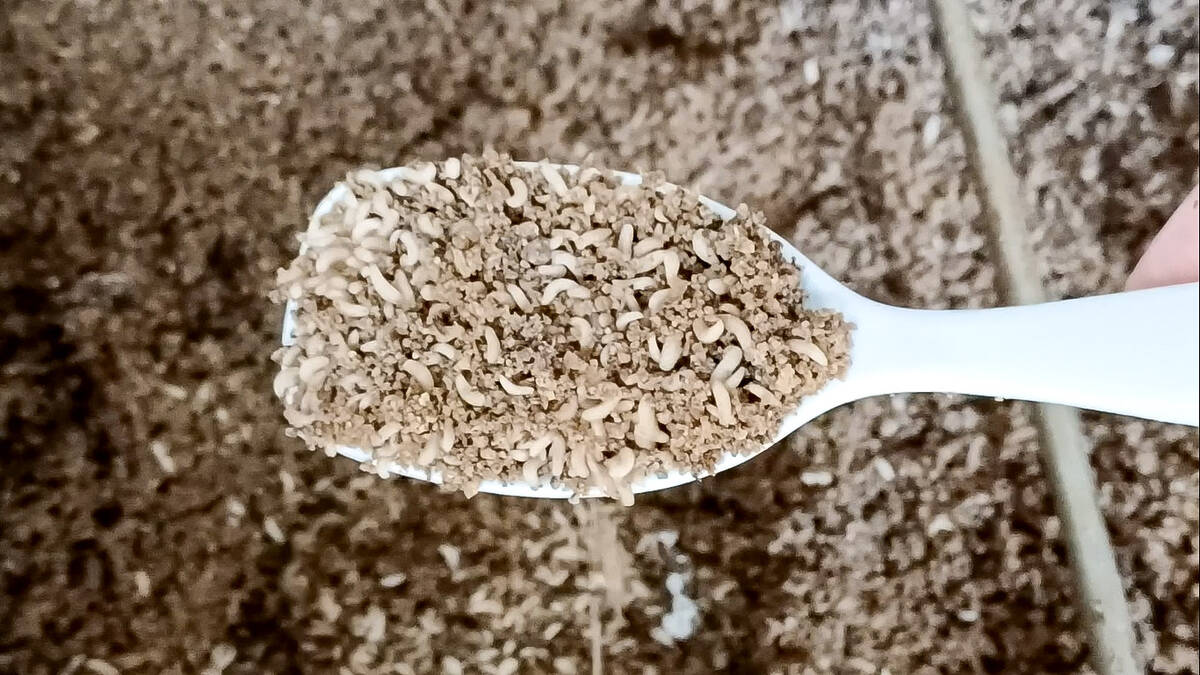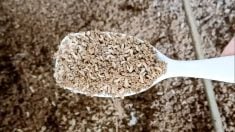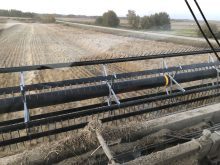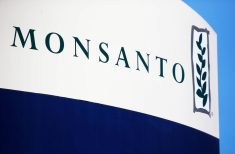COVID-19 gave everyone a new archetype for the phrase, “may you live in interesting times.”
Or, to sum up a few social media posts at the time, living through a historic event isn’t all it’s cracked up to be.
That’s what it feels like when looking at the cattle sector.
Read Also

Bug farming has a scaling problem
Why hasn’t bug farming scaled despite huge investment and subsidies? A look at the technical, cost and market realities behind its struggle.
In Saskatchewan and Alberta, ranchers are facing an all too familiar crisis. Their pastures are dry and their forage harvests are scanty. Some may lack water. They again expect to send extra animals to auction because they can’t feed them. They’re looking for government aid.
Manitoba is probably doing best among the Prairie provinces, and our conditions are far from ideal.
As Don Norman reports in our Aug. 10 issue, hay has been spotty all year, a consequence of having rain come mostly from patchy thunderstorms. Manitoba Agriculture’s weather data indicates rainfall since the start of May was less than 70 per cent of normal in big swaths of the province, including almost all of central Manitoba.
And farms in Manitoba are by no means recovered from the peak drought of 2021.
According to a Manitoba Agriculture report released in January, the province lost about 75,000 of its cattle between 2021 and 2022, while 2022 represented the highest selloff in 15 years.
Late last year, the Co-operator noted anecdotal reports of producers leaving the sector, despite a better forage season and aid programs meant to recover the herd.
Nationally, Canada’s cattle herd shrunk by 2.8 per cent from July 2021 to July 2022, according to CanFax. Looking wider, the United States Department of Agriculture reported in July that the American cattle herd was at its lowest level in over half a century.
That shrinkage hasn’t been helped by grain prices. The same 2022 Co-operator article noted the opportunity costs of livestock versus a crop like canola if land was at all suitable for grain.
At the same time, the industry has been courting public trust and environmentally conscious consumers. In the cattle sector, that means emphasis on grazing practices, regenerative agriculture and carbon sequestration—usually pitched as a win-win between efficient per acre production, lower costs and consumer values.
Government policy is following suit. Rotational grazing, natural water infrastructure and cover crops are among the buzzwords embraced by governments, and they seem willing to open their wallets for it.
Put together, the ground is shifting under the cattle industry and, depending on how those factors shake out in the next year or five, that may deeply impact the future of the industry.
At best, it will take years to recover herd numbers, and that rebuilding will happen at the same time as sustainability hype is reaching a fever pitch.
I recently heard a producer say there has never been a better time to invest in the pasture water infrastructure needed for rotational grazing, since there may never have been as many cost-share and incentive programs.
It’s also a matter of the ideological meeting the practical. At least here in Manitoba, the cow-calf sector has been a driver of regenerative agriculture, largely because it has the easiest economic case for it.
More pasture productivity and reliable water supply is an easier sell to a producer coming off their fourth consecutive year of demoralizing drought. Or, if opportunity costs continue to push livestock out of southern Manitoba, it might mean a greater proportion of livestock producers are on marginal land and must seek ways to get the most of it.
Resilience is an attractive word to the drought-plagued farmer, and it’s resilience that a lot of the webinars, field tours and industry events focus on when trying to sell producers on modes of production.
It’s hard to deny that the cattle sector is facing interesting times ahead. But it wouldn’t be the first crisis with the potential to deeply change the sector.
The post-BSE cattle industry looked very different from the one that came before it. Now, as then, the industry’s continued survival seems hinged on its tenacity and ability to adapt. Thankfully, I can think of a lot of producers who have those qualities in spades.
















